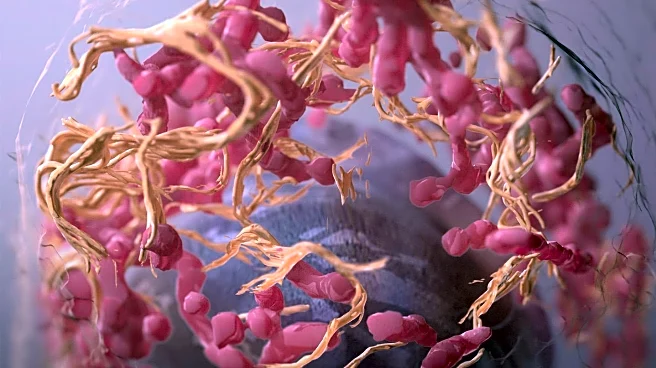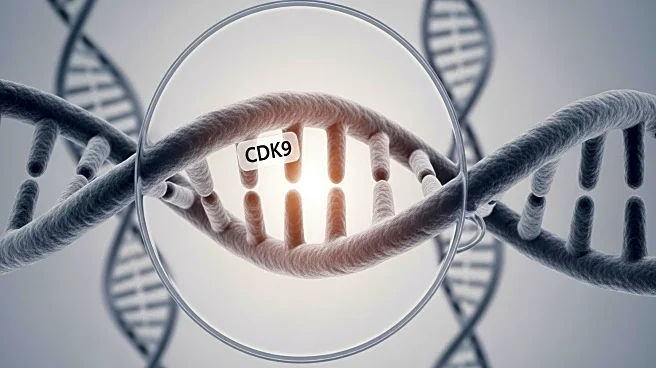What's Happening?
A recent study published in Nature highlights the development of iSCALE, a new method for scaling up spatial transcriptomics in large-sized tissues. This technique allows researchers to uncover cellular-level tissue architecture beyond conventional platforms. The study involved human gastric and brain tissue samples, utilizing advanced imaging and gene expression analysis to map cell types and their spatial distribution within tissues. The iSCALE method integrates data from multiple spatial transcriptomics captures, providing enhanced resolution and insights into tissue structure and function. This approach is particularly valuable for analyzing complex tissues, such as those affected by multiple sclerosis, where understanding cellular diversity and distribution is crucial.
Why It's Important?
The advancement of spatial transcriptomics through iSCALE represents a significant leap in tissue analysis, offering researchers a powerful tool to study complex biological systems. This method enhances the ability to map gene expression at a cellular level, which is essential for understanding diseases like cancer and neurological disorders. By providing detailed insights into tissue architecture, iSCALE can aid in the development of targeted therapies and improve diagnostic accuracy. The ability to analyze large tissue samples with high resolution could lead to breakthroughs in personalized medicine, where treatments are tailored based on individual cellular profiles.
What's Next?
The implementation of iSCALE in research settings is expected to expand, with potential applications in various fields such as oncology, neurology, and regenerative medicine. Researchers may explore its use in clinical trials to better understand disease mechanisms and treatment responses. As the technology becomes more accessible, it could revolutionize the way tissues are studied, leading to more precise and effective medical interventions. Collaboration between research institutions and healthcare providers will be crucial in integrating this technology into routine clinical practice.
Beyond the Headlines
The ethical implications of using advanced spatial transcriptomics in human tissue research are significant. Ensuring patient consent and data privacy will be paramount as this technology is adopted more widely. Additionally, the ability to map cellular diversity raises questions about the potential for genetic profiling and its impact on healthcare equity. Researchers and policymakers must address these concerns to ensure responsible use of this powerful tool.










